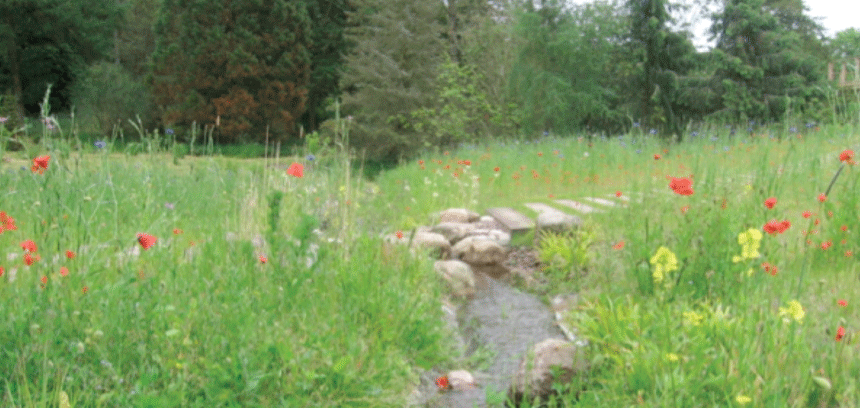
NATURE AND HEALTH- Benefits of Restorative Green Outdoor EnvironmentsShureen Faris Abdul Shukor & Kjell Nilsson
According to the United Nations population estimates and projections, the world population is projected to reach 7 billion in late 2011, surpass 9 billion people by 2050 and exceed 10 billion in 2100 (World Population Prospects, 2010). During the next 30 years, it is predicted that there will be approximately over two billion additional people living in the world’s urban areas (United Nations Population Division, 2001), with most of urban population growth occurring in developing and industrialising countries. Industrialising countries such as Malaysia have been facing similar challenges to human health and wellbeing as their Western counterparts. A rapidly increasing urban populace operating on highly competitive labour markets is facing for example higher levels of work-related stress and increasingly oriented indoors (Nilsson et al., 2007). Today, the population suffers increasingly from lifestyle-related diseases such as cardiovascular disease, diabetes and so-called depression fatigue. Reasons for the increase of these diseases are that we have become more sedentary and that we are exposed to a greater degree of psychological stress both at home and in the workplace. We are talking about diseases that could be explained by individual factors such as viruses, bacteria or genetic defects. Hence, we are dealing with a whole chain of causes that result in people becoming sick. Therefore, more public health experts instead of focusing mainly on curing disease (pathogenic perspective) are recommended to devote more energy to sustain the factors that cause people to remain healthy (salutogenic). An expanding body of scientific studies shows that interaction between humans and nature can help in improving human physical and mental health. Natural environments, including urban green spaces, offer settings that promote both physical activities and mental restoration (for example, Kaplan, 2001; Björk et al., 2008). Green space environments can help relieve mental fatigue, increase cognitive functioning, and improve work capacity (Grahn and Stigsdotter, 2010). A study in Netherland found that people who live within 1 kilometre from the nearest green space have lower risk of health problems like heart disease, diabetes, chronic neck and back pains, asthma, as well as migraine (Maas et al., 2009). Other studies found people who living in green areas are healthier (De Vries et al., 2003); and has a high ability to cope with stress (Kuo et al., 2001) than the people living in less green areas.« BACK |




